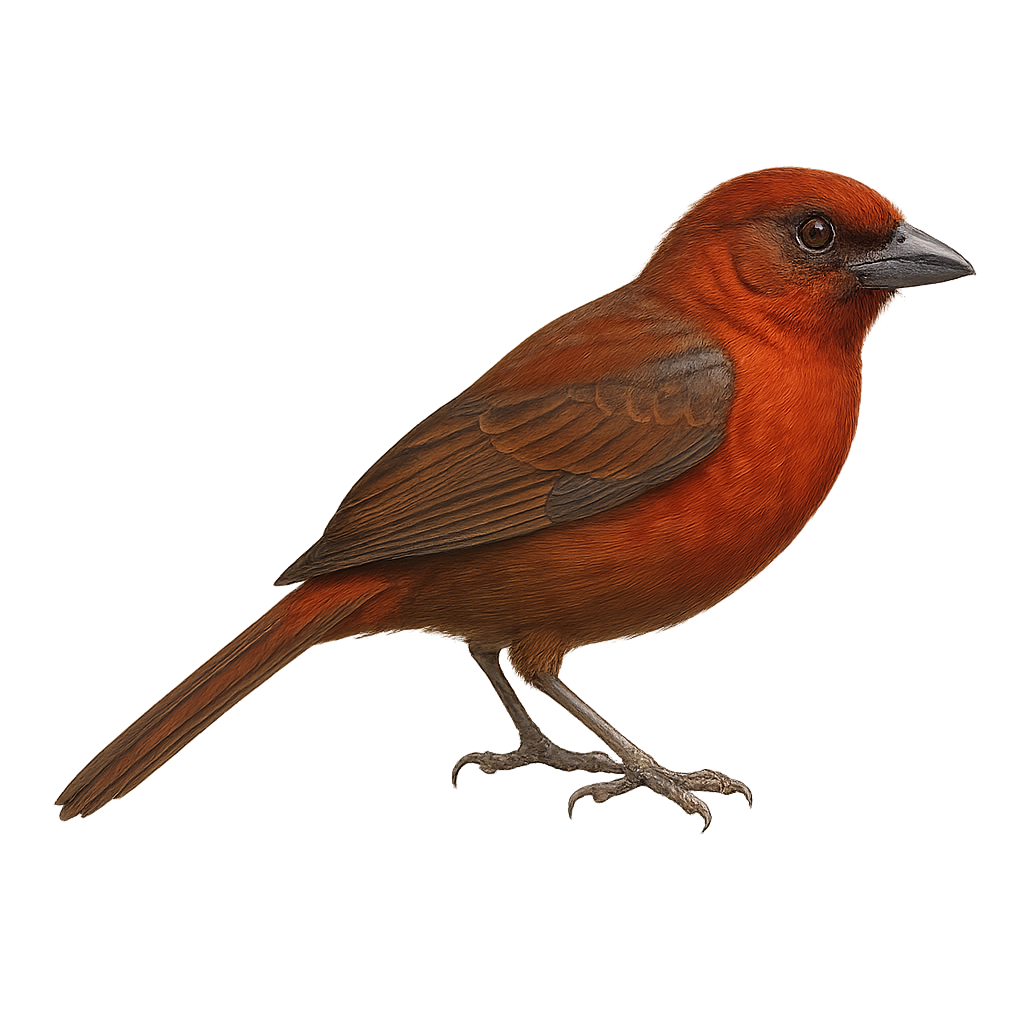Your wildlife photography guide.
Explore the red-throated ant-tanager in detail, study its behavior, prepare your shots.
Where to observe and photograph the red-throated ant-tanager in the wild
Learn where and when to spot the red-throated ant-tanager in the wild, how to identify the species based on distinctive features, and what natural environments it inhabits. The WildlifePhotographer app offers tailored photography tips that reflect the red-throated ant-tanager’s behavior, helping you capture better wildlife images. Explore the full species profile for key information including description, habitat, active periods, and approach techniques.
Red-throated Ant-tanager
Scientific name: Driophlox fuscicauda

IUCN Status: Least Concern
Family: CARDINALIDAE
Group: Birds
Sensitivity to human approach: Suspicious
Minimum approach distance: 5 m
Courtship display: October to December
Incubation: 14-16 jours
Hatchings: October to January
Habitat:
Tropical forests, dense undergrowth
Activity period :
Primarily active during the day, with peak activity in the morning and late afternoon.
Identification and description:
The Red-throated Ant-tanager is a medium-sized bird, primarily recognized for its bright red throat in males, while females display more subdued tones. It is mainly found in the tropical and subtropical forests of Central America, favoring dense undergrowth. This bird is often seen in small groups, feeding on insects and fruits. Its song is a soft whistle, often heard at dawn. Although relatively common in its natural habitat, it remains discreet and difficult to spot due to its plumage that blends into the forest environment. Its ability to adapt to various forest habitats makes it a resilient species in the face of deforestation.
Recommended lens:
400 mm – adjust based on distance, desired framing (portrait or habitat), and approach conditions.
Photography tips:
To photograph the Red-throated Ant-tanager, it is advisable to use a telephoto lens of at least 400mm to capture detailed images without disturbing the bird. Look for it early in the morning or late in the afternoon when activity is at its peak. Be patient and discreet, as this bird is suspicious and often hides in the undergrowth. Use a tripod to stabilize your camera and adjust settings for low light conditions under the canopy.
The WildlifePhotographer App is coming soon!
Be the first to explore the best nature spots, track rutting seasons, log your observations, and observe more wildlife.
Already 1 430 wildlife lovers subscribed worldwide

